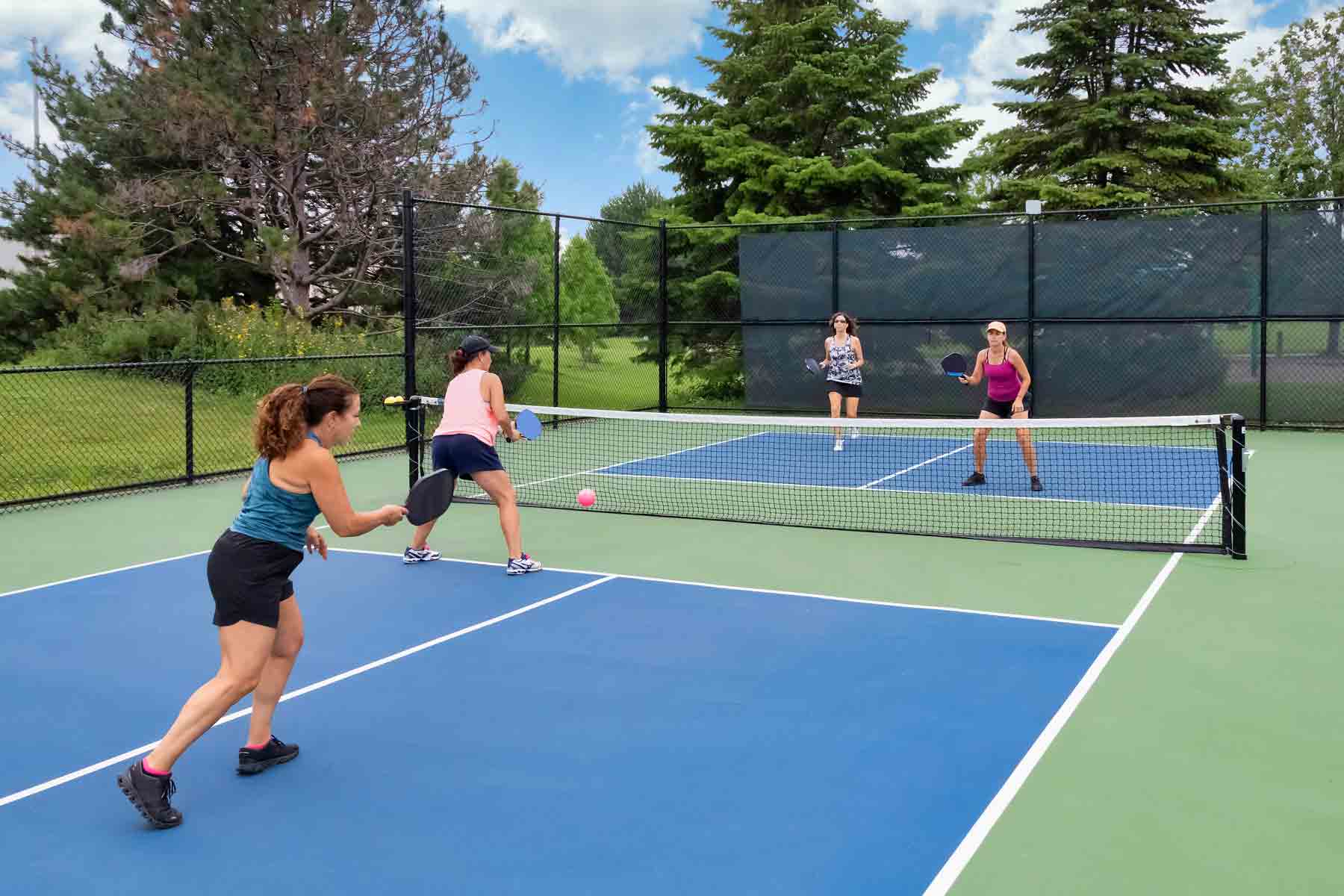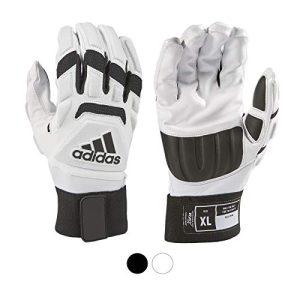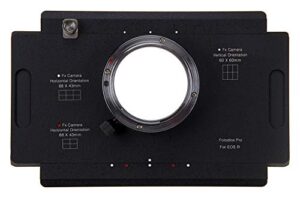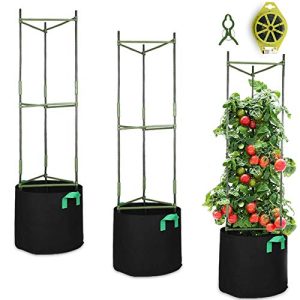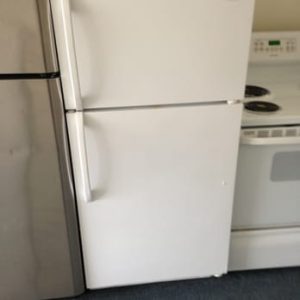Contents
Have you ever wondered about the cost of building a pickleball court? Whether you’re a pickleball enthusiast looking to build a court in your backyard or a community considering adding this popular sport to your recreational facilities, it’s essential to have an idea of the financial investment involved. In this article, we will explore the various factors that contribute to the cost of building a pickleball court, providing you with an insightful overview that can help you plan and budget accordingly.
Choosing the Location
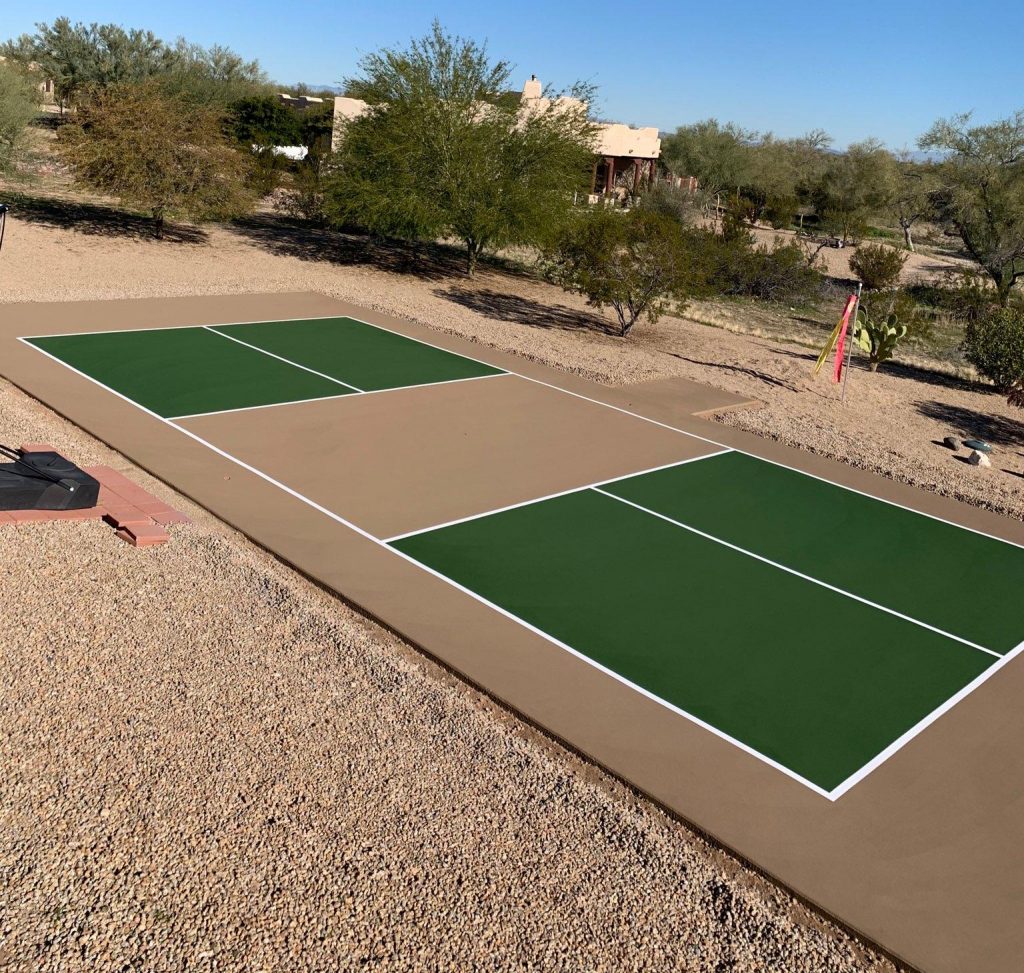
Local Regulations and Zoning
When choosing the location for your pickleball court, it is important to consider any local regulations and zoning requirements that may apply. Different cities and municipalities may have specific guidelines regarding the construction and use of recreational facilities, including sports courts. It is crucial to consult with your local authorities to ensure that your planned court complies with all necessary regulations.
Accessibility and Convenience
Another key factor to consider when choosing the location for your pickleball court is accessibility and convenience. Ideally, you would want a location that is easily accessible to players of all ages and abilities. It is also important to consider the proximity to other amenities such as parking, restrooms, and changing rooms. Choosing a location that is convenient for players will help ensure that your court gets maximum usage and enjoyment.
Court Design and Dimensions
Indoor vs Outdoor
One of the first decisions you need to make when designing your pickleball court is whether it will be indoors or outdoors. Each option has its advantages and considerations. Indoor courts provide shelter from inclement weather and can be used year-round. They also offer better control over lighting conditions, which can be important for competitive play. Outdoor courts, on the other hand, can provide a more natural and enjoyable playing environment. They also tend to require less initial investment compared to indoor courts. Ultimately, the decision between indoor and outdoor will depend on your specific needs and preferences.
Standard Size and Markings
Regardless of whether you choose an indoor or outdoor court, it is essential to ensure that it complies with the standard size and markings specified for pickleball. A standard pickleball court is 20 feet wide and 44 feet long, with a non-volley zone extending 7 feet from the net on each side. The court is divided by a net that is 36 inches high at the sidelines and 34 inches high in the middle. The playing surface should be marked with boundary lines and non-volley zone lines, which are typically painted or taped onto the surface.
Surface Material
Concrete
Concrete is a popular choice for pickleball court surfaces due to its durability and low maintenance requirements. A properly constructed concrete surface can provide a smooth and consistent playing experience. It is important to ensure that the concrete is properly cured and finished to prevent any roughness or unevenness that can affect gameplay. Additionally, concrete surfaces should be coated with a slip-resistant material to prevent players from slipping and getting injured.
Asphalt
Asphalt is another common option for pickleball court surfaces. It offers similar durability and low maintenance as concrete. However, asphalt surfaces tend to be slightly softer, which can provide better shock absorption and reduce the risk of joint injuries. Like concrete, asphalt surfaces should be properly cured and finished to ensure a smooth playing experience. The surface should also be sealed regularly to protect it from the elements and prevent cracking or deterioration.
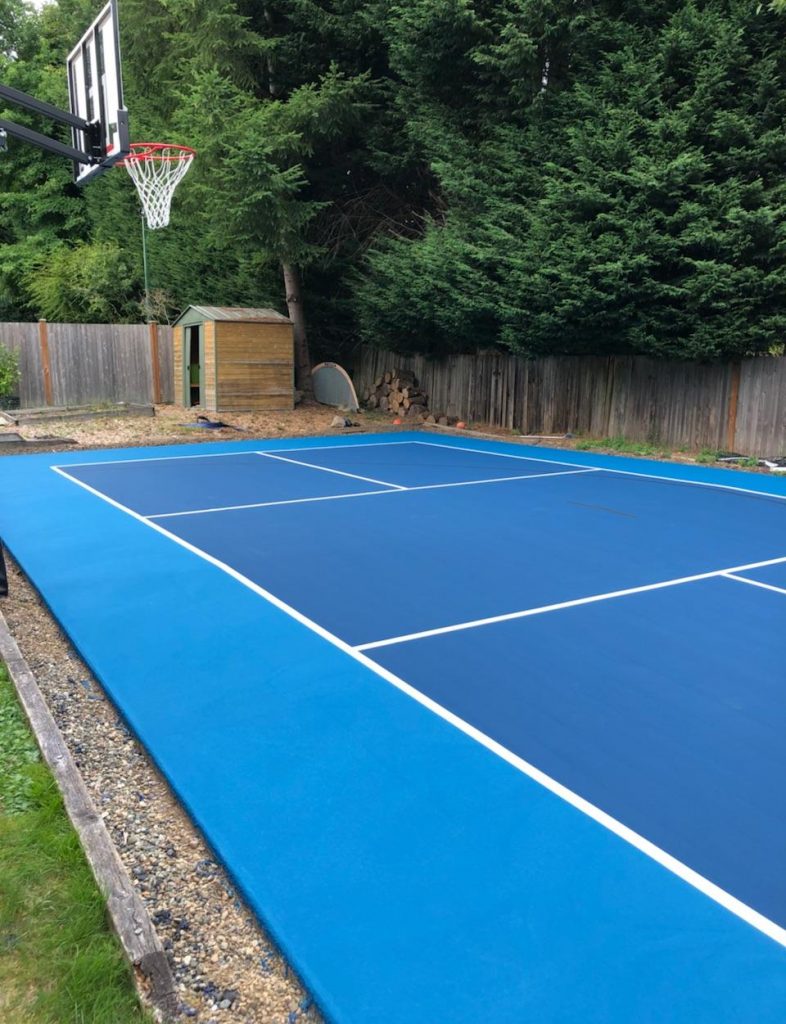
Sport Court Tiles
Sport court tiles are a popular choice for indoor pickleball courts. These modular tiles are designed specifically for sports use and offer excellent shock absorption, traction, and ball response. They can be easily installed over an existing concrete or asphalt base, providing a smooth and consistent playing surface. Sport court tiles come in various colors and designs, allowing you to customize the look of your court. However, they tend to be more expensive compared to concrete or asphalt surfaces.
Equipment and Accessories
Pickleball Nets
A high-quality pickleball net is an essential piece of equipment for your pickleball court. It is important to choose a net that meets the official specifications for pickleball, including a height of 36 inches at the sidelines and 34 inches in the middle. The net should be sturdy and durable to withstand regular use. Portable nets are available for those who prefer the flexibility of easily setting up and taking down the net.
Paddles and Balls
To play pickleball, you will need paddles and balls. Pickleball paddles come in various materials and designs, each offering different characteristics and playing styles. It is recommended to have a range of paddles available for players of different skill levels and preferences. Pickleballs are lightweight, perforated plastic balls that are specifically designed for pickleball. It is important to choose high-quality balls to ensure consistent play and durability.
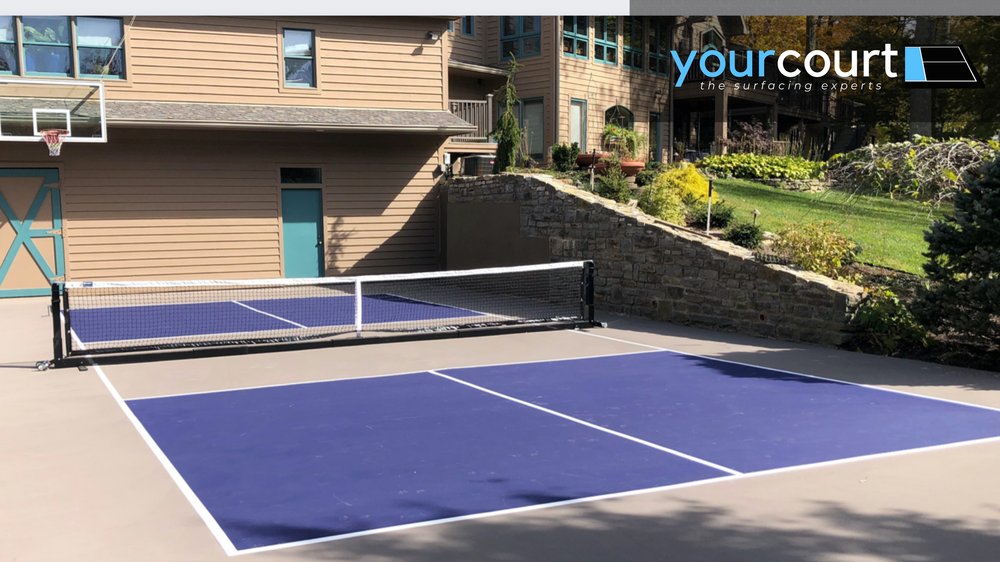
Benches and Seating
Providing benches and seating around your pickleball court is essential for the comfort and convenience of players and spectators. Benches offer a place for players to rest between games, while seating areas accommodate spectators who want to watch the action. It is important to choose benches and seating that are weather-resistant and durable. Consider placing seating areas strategically for optimal viewing angles and comfort.
Construction and Labor
Excavation and Ground Preparation
Before constructing your pickleball court, proper excavation and ground preparation are necessary. The area where the court will be located needs to be cleared of any vegetation, rocks, or debris. Excavation may be required to level the ground and ensure a smooth playing surface. Proper drainage should also be considered to prevent water buildup on the court. It is recommended to hire experienced professionals for excavation and ground preparation to ensure quality work.
Foundation and Base Layers
A solid foundation and base are crucial for the longevity and performance of your pickleball court. The foundation typically consists of a compacted layer of crushed gravel or stone dust, followed by one or more layers of aggregate or asphalt. The base layers provide stability and proper drainage for the court surface. It is essential to follow industry standards and specifications when constructing the foundation and base layers to ensure a strong and durable court.
Fencing and Boundaries
Installing fencing around your pickleball court is important for safety and to define the boundaries of play. The type of fencing will depend on personal preference and budget. Chain-link fencing is a common choice due to its affordability and durability. However, other options such as vinyl or wood fencing can provide a more aesthetically pleasing look. It is recommended to install a gate for easy access to the court.
Lighting
If you plan to use your pickleball court during evening hours or in low-light conditions, proper lighting is necessary. Lighting should be evenly distributed across the court to eliminate shadows and provide optimal visibility for players. LED lights are a popular choice due to their energy efficiency and long lifespan. It is important to consider the local regulations and lighting requirements when installing court lighting.
Staining or Painting
To enhance the aesthetics of your pickleball court, you may choose to stain or paint the surface. Staining or painting can provide a vibrant and colorful look to the court while also protecting the surface from UV damage and weathering. It is recommended to use paints or stains specifically designed for outdoor sports surfaces. Proper surface preparation and application techniques are crucial to ensure a long-lasting and visually appealing finish.
Cost of Permits and Licensing
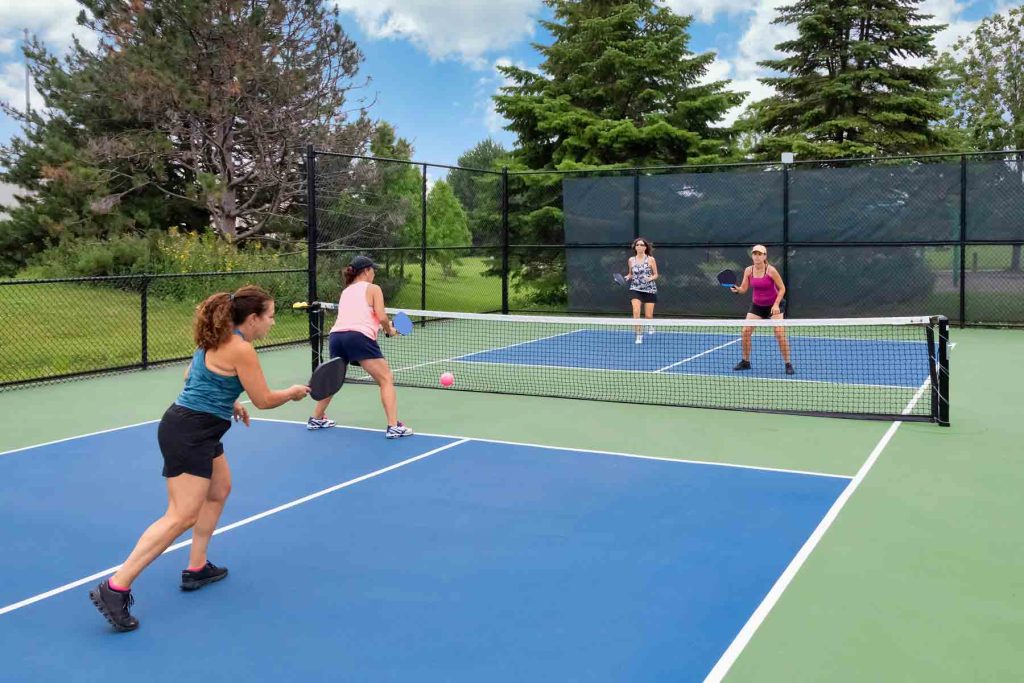
Building Permits
Before beginning the construction of your pickleball court, it is necessary to obtain the required building permits from your local authorities. Building permits ensure that your court construction complies with all relevant building codes and regulations. The cost of building permits can vary depending on the location and scope of the project. It is advisable to consult with your local building department to determine the specific requirements and associated costs for obtaining permits.
Environmental Impact Studies
In certain cases, construction projects may require environmental impact studies to assess the potential effects on the surrounding environment. These studies evaluate factors such as noise, dust, erosion, and wildlife habitat disturbance. Depending on the location and scope of your pickleball court project, you may need to conduct environmental impact studies, which can incur additional expenses. It is important to consult with environmental consultants or relevant authorities to determine if such studies are needed and budget accordingly.
Insurance and Liability
When building a pickleball court, it is essential to have the appropriate insurance coverage to protect against potential liability claims. Liability insurance covers injuries or damages that may occur on or around your court. The cost of insurance can vary depending on factors such as the size of the court, number of users, and location. It is recommended to consult with an insurance professional to determine the appropriate coverage and associated costs for your specific situation.
Maintenance and Upkeep
Regular Cleaning and Sweeping
To ensure the longevity and optimal performance of your pickleball court, regular cleaning and sweeping are necessary. Sweeping the court surface removes dirt, debris, and leaves that can affect gameplay. Cleaning the court surface helps maintain its appearance and prevents the buildup of mold or mildew. A regular maintenance schedule should be established to include sweeping and cleaning at appropriate intervals, depending on usage and environmental factors.
Surface Repairs
Over time, pickleball courts may develop cracks, unevenness, or other damages that need to be repaired. Promptly addressing surface repairs is crucial to prevent further deterioration and potential safety hazards. Depending on the extent of the damage, repairs may range from patching small cracks to resurfacing the entire court. It is recommended to hire experienced professionals for surface repairs to ensure quality workmanship and prolong the lifespan of your court.
Nets and Equipment Replacements
Pickleball nets and equipment are subject to wear and tear with regular use. Nets may become damaged or lose tension, paddles may wear out, and balls may lose their bounce. It is important to regularly inspect and replace any worn or damaged equipment to maintain the quality of your pickleball court. Budgeting for the replacement of nets and equipment is essential to ensure uninterrupted play and the safety of players.
Additional Amenities
Shade Structures
Providing shade structures around your pickleball court can greatly enhance the comfort and enjoyment of players and spectators, especially during hot and sunny days. Shade structures such as pergolas, canopies, or umbrellas can help protect players from the sun’s harmful rays and create a more pleasant playing environment. It is important to choose shade structures that are durable, weather-resistant, and properly installed to withstand various weather conditions.
Restrooms and Changing Rooms
For pickleball courts located in public parks, community centers, or other shared spaces, the availability of restrooms and changing rooms is essential. Players and spectators will appreciate the convenience and accessibility of these facilities. If your court is located in a private setting, you may consider providing portable restroom facilities or making arrangements for nearby restroom access. The provision of restrooms and changing rooms contributes to the overall comfort and accessibility of your pickleball court.
Parking and Accessibility
Easy access to parking is an important consideration when planning your pickleball court. Sufficient parking spaces should be provided to accommodate the anticipated number of players and spectators. Parking areas should be properly marked and maintained to ensure safety and convenience. Additionally, it is vital to consider the accessibility of your court to individuals with disabilities. ADA-compliant parking spaces, ramps, and pathways should be incorporated to ensure equal access for all players.
Timeframe for Construction
Planning and Permitting
The timeframe for constructing a pickleball court can vary depending on various factors, including the complexity of the project, availability of resources, and the time required to obtain necessary permits and approvals. The planning phase, which includes determining the design, obtaining permits, and finalizing the budget, can take several weeks or even months. It is important to allocate sufficient time for the planning process to ensure a smooth and successful construction project.
Construction Process
Once the planning and permitting phase is complete, the actual construction of the pickleball court can begin. The duration of the construction process will depend on the size and complexity of the court, as well as weather conditions and other unforeseen factors. Generally, a standard pickleball court can be constructed within a few weeks to a couple of months. It is recommended to work with experienced contractors who specialize in sports court construction to ensure a timely and efficient construction process.
Cost Examples and Budgeting
Example 1: Backyard Pickleball Court
Suppose you want to build a pickleball court in your backyard. The cost will depend on various factors, such as the size of the court, surface material, and additional amenities. For a basic backyard pickleball court with a concrete surface, standard size, and minimal equipment and accessories, the cost can range from $10,000 to $15,000. This estimate includes the cost of materials, labor, permits, and basic fencing. Additional features, such as lighting, shade structures, and seating, will increase the overall cost.
Example 2: Community Center Court
For a larger pickleball court located in a community center or public park, the cost will be higher due to the increased size and additional amenities required. A standard community center court with an asphalt surface, standard size, fencing, lighting, benches, and restrooms can range from $25,000 to $50,000 or more. The exact cost will depend on factors such as the location, accessibility, quality of materials, and other specific requirements. It is essential to budget for ongoing maintenance and future repairs in order to ensure the longevity of the court.
Budgeting Considerations
When budgeting for your pickleball court, it is important to consider all the related costs, including construction, permits, equipment, accessories, landscaping, and ongoing maintenance. Additionally, it is advisable to allocate a contingency fund to account for any unexpected expenses or changes in design or scope. Obtaining multiple quotes from contractors and suppliers can help ensure that you are getting competitive prices for materials and labor. It is also helpful to consult with professionals or experienced pickleball court builders to get accurate cost estimates and guidance throughout the budgeting process.
As you can see, building a pickleball court involves multiple considerations and investment. By carefully evaluating each aspect, planning accordingly, and budgeting effectively, you can create a fantastic pickleball court that will provide years of enjoyment for players of all ages and skill levels. Happy pickleballing!

